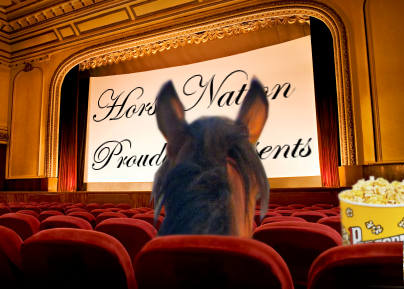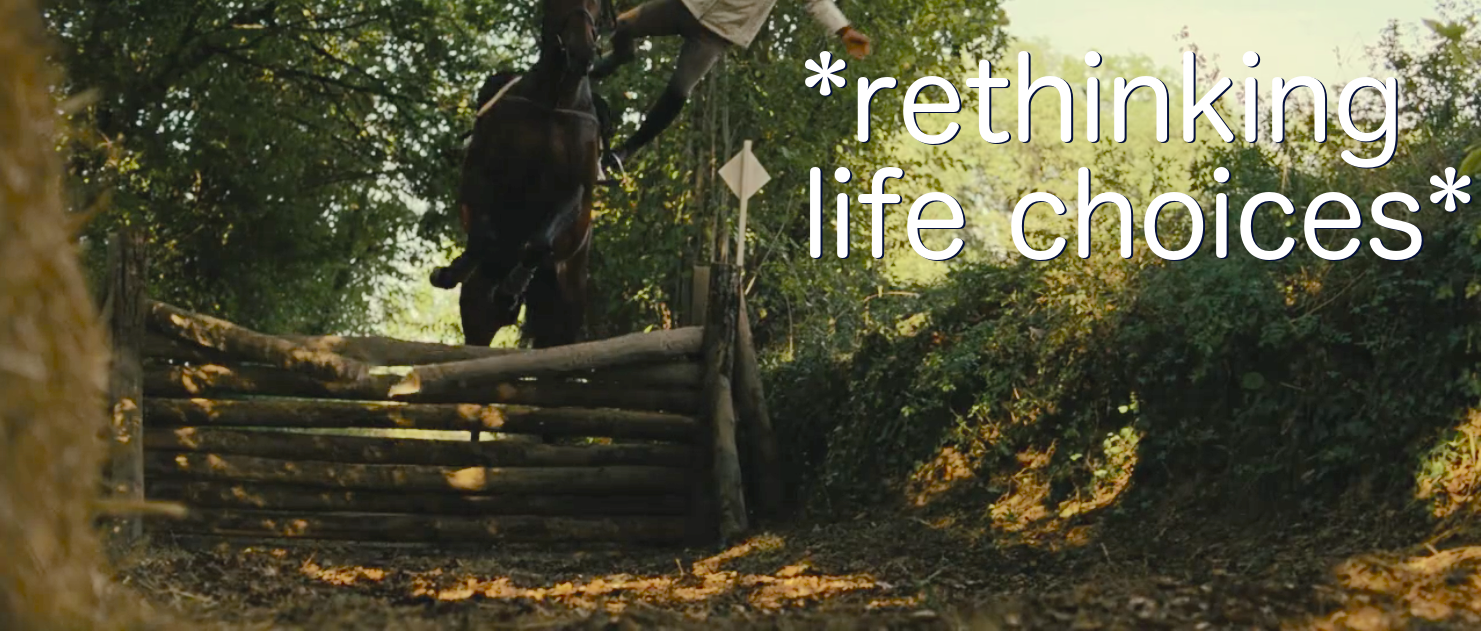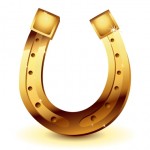
Friday Flicks: Jappeloup
Possibly one of the best horse movies ever made. I watched it, so now you need to.
Christian Duguay’s 2013 Jappeloup tells the true life story of Jappeloup de Luze and his rider, Pierre Durand, that won the Seoul 1988 Olympics gold medal in individual jumping. Let’s break it down in this (mostly) spoiler-free review.
The Synopsis:
“Based on the true story of one of France’s most beloved sporting heroes. In 1980 Pierre Durand was at the start of a promising law career. To everyone’s surprise however, he gave it all up to dedicate himself to his true passion: show jumping. Throwing himself into the endeavor he invested everything he had in a young horse called Jappeloup.”
The Story:
The movie opens in 1974 with a young Pierre doing a little exercise we at Horse Nation like to call, “red on right, white on left, insanity in the middle.” It all goes a bit wrong and Pierre’s mom is not pleased. She argues, “Let him jump bars. At least they’ll break, not him.”
Afterward, we’re given an old VHS tape-style montage showing Pierre at showjumping events, racking up awards.
Meanwhile, at a neighboring property, a foal is born and then trained by a young starry-eyed farm girl. There are plenty of lens flares, walks through wildflower fields, and the inevitable horse movie shot where the horse runs up to the girl reading a novel at the base of a tree with violins swelling in the background music… so we just know everything is idyll and perfect.
Or is it? Jappeloup proves to be a handful as a four-year-old, and it’s here that our two star-crossed stories intertwine via the conniving of two horse-show dads.
But it’s not love at first sight.
The 15.2 hh cross between a Thoroughbred and a French Trotter with a nasty habit of being a dirty stopper fails to impress the overworked Pierre, who is having trouble balancing his horse life with his new legal career.
Pierre quickly dismisses Jappeloup and we catch up with him next at a horse show where he suffers a nasty fall and breaks his arm. At this point, Mom is done and maybe Pierre is too. After an emotional talk with his dad, he decides he can’t burn the candle at both ends. He has to make a choice and his choice is to be a lawyer.
A year passes and Pierre seems happy with his decision until he goes home to visit his parents. There he happens across childhood friend Nadia Devilder, who has taken over the training of the tempestuous Jappeloup.
Suddenly Pierre is keenly interested.
The meet-cute changes everything. City life at the law firm starts to look pretty bleak, while country life with Nadia might just have everything Pierre’s been missing. His dad sweetens the deal by buying Jappeloup and then baiting him with the idea that the horse is basically unrideable and only Pierre can get the job done.
Author’s note — The assistant trainer with the dimples definitely did not get enough screen time.
The ruse works and Pierre immediately takes over the training of Jappeloup. His first course of action is hiring Raphaëlle, the young farm girl who raised and first backed the horse, as his head groom.
At this point we’re treated to a few more great montages scored to vintage rock ‘n’ roll songs. The awards start racking up — despite Jappeloup’s continued love for the occasional dirty stop — Pierre and Nadia get married and the pair catches the eye of Team France.
With a full two-hour runtime, there’s still a lot of movie left at this point, but I’m going to let you watch — and enjoy — for yourself.
The Critique:
I think this is absolutely the best horse movie I’ve never heard about.
Though I never competed anywhere near the level of this rider, I found the way in which the story depicts the ups and downs of horse ownership and competition extremely relatable.
I saw myself in the way Pierre laments about his “skipped adolescence” while at the same time rummaging through his horse-crazy childhood room complete with equestrian magazine cutouts pasted next to prize ribbons on the walls. I recognized the guilt he feels about the people around him sacrificing so much for his passion mere minutes before he throws a self-indulgent tantrum after a particularly bad ride.
I also love the way the female characters are portrayed as strong and independent in their own right, despite being relegated to a supportive role on the sidelines of Pierre’s career. They frequently call him out on his bad attitude.
This movie doesn’t sugar coat things. Horse riding is hard … physically, emotionally, mentally, and financially. Our sport is humbling beyond belief and you feel that in the actor’s performance.
Which brings me to the reason I absolutely adore this movie rather than just love it.
Gone were the awkward edits where suddenly the rider’s head is out of frame — because it’s a stunt rider — spliced with clips of the actor being shown from the waist up — because we all know they’re not on the same horse or a horse at all.
Because the riding in Jappeloup is real.
These actors not only came from equestrian backgrounds, but they worked incredibly hard to make the movie as authentic as possible.
Guillaume Canet, who penned the script and played the central character, told Equestrian Life, “I only got on a horse six weeks before the start of filming. I hadn’t jumped any rails for 20 years and I had to get back into competition condition. Fortunately, we were filming in chronological order, from a small event up to the Olympics. The shoot began in Fontainebleau where we condensed all the competition scenes into three weeks. I spent eight or nine hours a day in the saddle, which meant I had to spend an hour and a half every evening in the hands of a physiotherapist!”
Marina Hands, who played Nadia, was formerly a member of the French junior showjumping team.
Christian Duguay, the director, was a former member of the Canadian junior showjumping team.
Frédéric Cottier, a member of the French team that won bronze in Seoul, assisted with the casting and helped recreate the competition courses.
Duguay had this to say: “On the shoot, those competition scenes were the most difficult to film because we had to make do with just imagining the huge pressure on the rider and the horse that comes from thousands of spectators. The fact that Guillaume Canet could do all the jumping scenes was a great advantage. We’d never have had the same authenticity if he hadn’t been so committed, both as an actor and as an athlete.”
I give Jappeloup a perfect score, 4 out of 4 Golden Horseshoes.
Go riding.
Amanda Uechi Ronan is an author, equestrian and wannabe race car driver. Follow her on Instagram @uechironan.















